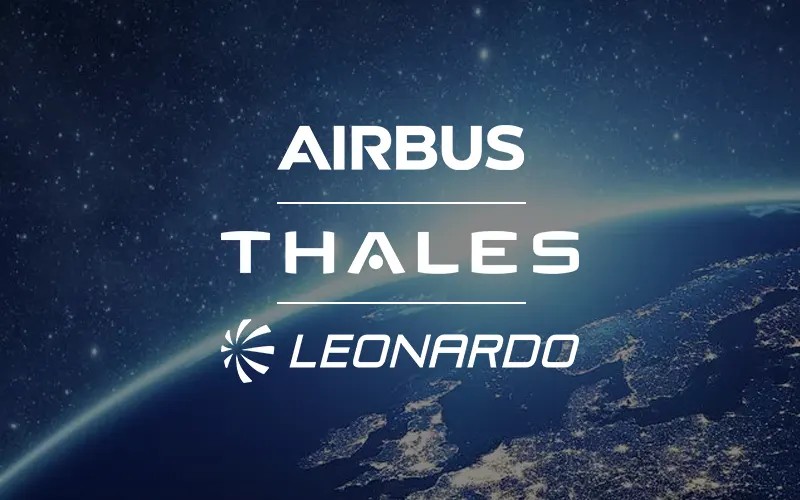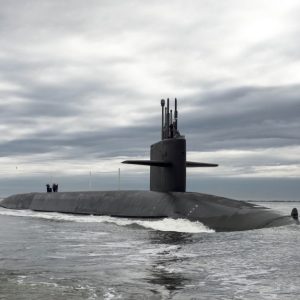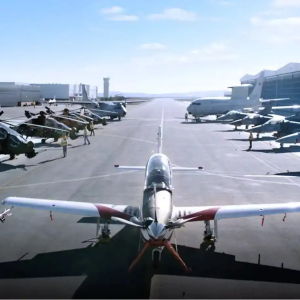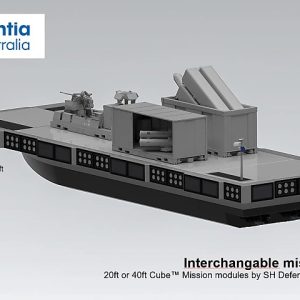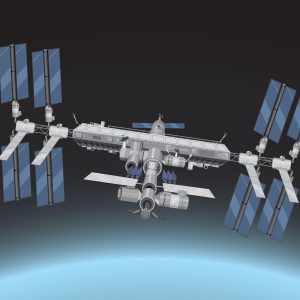Airbus Thales Leonardo space merger aims to build a single European satellite powerhouse with roughly €6.5 billion in annual revenue, a backlog exceeding three years of projected sales, and go‑live in 2027 pending approvals. Beyond scale, the deal targets Europe’s strategic autonomy in orbital infrastructure that underpins telecoms, navigation, Earth observation and defence.
Key Facts
• Structure: new joint company combining satellite manufacturing, space systems and services (launchers excluded).
• Ownership: Airbus 35%; Thales 32.5%; Leonardo 32.5%.
• Scale: ~€6.5bn annual turnover (pro‑forma, end‑2024); ~25,000 employees; backlog >3 years.
• Timing: operational in 2027 subject to regulatory clearances; governance under joint control.
• Synergies: mid‑triple‑digit‑million euros on operating income within five years post‑close.
What the Airbus Thales Leonardo space merger changes
Europe’s fragmented prime‑and‑JV patchwork has long complicated programmes, duplicated R&D, and pressured margins. This consolidation creates a single integrator that spans telecoms constellations, navigation payloads, secure satcom, EO missions and downstream services. The goal is obvious: close the capability and speed gap with vertically integrated U.S. rivals and compete with rapid‑iteration commercial constellations.
For governments and NATO users, a unified prime can simplify procurement and improve delivery certainty for sovereign services—from PRS‑grade navigation to hardened satcom for expeditionary operations. The Airbus Thales Leonardo space merger also promises a steadier industrial cadence for Europe’s supply base, signalling longer runways for SMEs that feed antennas, RF front‑ends, sensors, power systems and optical payloads.
Strategic autonomy, not just scale
Europe’s recent reliance on non‑European launch and commercial constellations has sharpened the debate on autonomy. By pooling satellite activities—while explicitly excluding launchers—the new company concentrates on space segment and services: the bits that carry secure data, route command links and deliver ISR (intelligence, surveillance, reconnaissance). That focus matters for resilience. Hardened satcom, anti‑jam navigation and reconfigurable payloads are the heartbeat of joint operations and civil continuity in crises.
Expect the venture to lean into software‑defined payloads, digital twins and model‑based systems engineering to compress cycle times. With mid‑triple‑digit‑million synergies targeted within five years, management will be judged on how quickly they can translate scale into lower unit costs and faster time‑to‑orbit without undermining reliability—Europe’s traditional ace card.
Competitive landscape: Starlink’s gravity and Europe’s answer
SpaceX’s cadence and low launch costs have reset price/performance expectations across space. Starlink’s proliferation has shown how quickly a constellation can become critical infrastructure for both civilian and military users. The Airbus Thales Leonardo space merger is explicitly framed as Europe’s answer: a way to reach critical mass in secure satcom, navigation augmentation and EO without ceding the market to U.S. platforms.
Yet the path runs through regulators. European competition authorities and institutional buyers will scrutinise pricing power, open interfaces and continued room for mid‑tier primes. ESA’s role as anchor customer will be central. The joint venture must prove it will widen—not narrow—supplier participation and keep competition alive in sub‑systems and services.
Technical focus: where the value shifts
Software‑defined satellites (SDS): Reconfigurable payloads enable in‑orbit retasking (bandwidth, coverage, waveform). Expect a unified product line that reduces bespoke one‑offs and increases platform reuse.
Secure satcom & navigation: Anti‑jam, anti‑spoof features; protected waveforms; quantum‑resistant crypto; PRS and military‑grade services. These are core to autonomy agendas and NATO interoperability.
EO constellations & data services: Multi‑spectral, SAR and thermal stacks paired with AI exploitation at the edge. Value migrates downstream to analytics; the new entity will push integrated “space‑to‑cloud” offers.
Vertical services and GOVSATCOM: Government sovereign clouds, managed services and assured capacity contracts. Expect closer design loops between primes and institutional buyers to lock in long‑horizon demand.
“A unified European satellite champion can simplify programme governance and shorten integration chains—from payload to ground segment—if the venture standardises architectures instead of multiplying variants.”
Implications for suppliers and Türkiye’s ecosystem
For Europe’s suppliers, predictable order flow and standardised platforms should improve capital planning and export competitiveness. For Türkiye’s space and defence ecosystem—organised around clusters like SAHA İstanbul, the continent’s largest defence‑aerospace cluster—this consolidation opens clearer tiers of participation in antennas, structures, thermal control, software and ground segment services. Turkish firms that align to ECSS/AS9100 standards, master ITAR/EU dual‑use compliance and invest in digital manufacturing will be best placed to plug into the new value chain.
As a related technology vector, Europe’s momentum in quantum‑secure communications is accelerating. For context on how Thales and ESA approach QKD‑enabled networks, see our analysis of European quantum communications SAGA (internal link below). Secure networking is where satellite sovereignty translates into operational effect.
Risks: concentration vs. competition
Consolidation can concentrate risk. If integration drags, or if governance gridlock slows decisions, Europe could lose the very agility it seeks. Regulators will likely set conditions around open standards, fair access for SMEs and transparency in capacity pricing. The company’s first programme selections—SDS roadmaps, secure waveform suites, EO data monetisation—will signal whether it prioritises modularity and exportability or doubles down on bespoke national builds.
Bottom line
The Airbus Thales Leonardo space merger is Europe’s most consequential satellite consolidation in decades. If executed with disciplined standardisation and supplier openness, it can reset Europe’s cost, cadence and autonomy in orbit. If not, it risks building a bigger version of yesterday’s problems. The next 18–24 months of regulatory review, integration planning and early programme choices will tell which way the beam tilts.
References
- Airbus press release (23 Oct 2025): “Airbus, Leonardo and Thales sign MoU to create a leading European player in space.” Link
- Leonardo press release (23 Oct 2025): “Airbus, Leonardo and Thales sign Memorandum of Understanding to create a leading European player in space.” Link
- Reuters (23 Oct 2025): “Europe takes aim at Musk’s Starlink with new satellite champion.” Link
- SpaceWar/AFP (23 Oct 2025): “Airbus, Thales, Leonardo sign deal to create satellite powerhouse.” Link
- Thales press release (23 Oct 2025): “Airbus, Leonardo and Thales sign Memorandum of Understanding to create a leading European player in space.” Link

